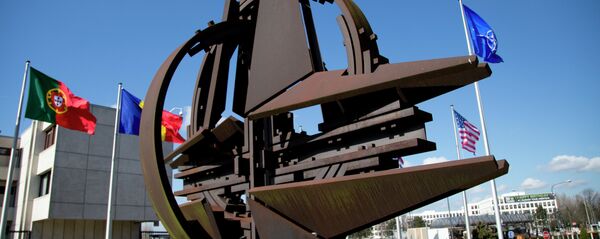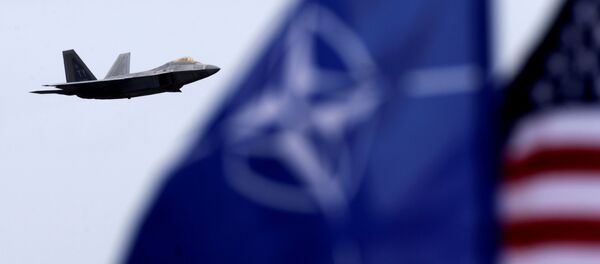The White House said in a statement that Trump looks forward to welcoming Montenegro as the 29th member of the NATO alliance at next month's meeting in Brussels.
The Senate in March voted overwhelmingly to ratify the tiny Balkan nation's entry into the alliance.
Russia strongly opposes the expansion of the Western military alliance in a region it considers part of its strategic sphere of interest.
Trump's move occurred only a day before his scheduled meeting with Stoltenberg.
Addressing the recent concerns over Trump's criticism of the alliance as obsolete, Mattis said NATO "will be unified in meeting today’s security challenges."
Mattis also emphasized that Trump was determined to confirm the increased forward deployment of US and NATO military forces that Obama had approved at the July 2016 NATO summit in Warsaw.
Mattis confirmed that "the United States is moving units into the Baltic states – Poland, Romania, and Bulgaria – under Operation Atlantic Resolve" in what he described to be "a wholly defensive deployment to maintain deterrence."
Trump also plans to attend the planned NATO heads of state summit at alliance headquarters in Brussels on May 25.
Trump and Mattis also took care to keep NATO and Stoltenberg in the loop when they approved the US cruise missile bombardment of Syria’s Ash Sha’irat military airfield last Thursday.
Mattis informed the secretary general in advance of the Tomahawk missile attack, a NATO official told Sputnik.
Stoltenberg responded by giving Trump political cover on his controversial decision.
Damascus bears full responsibility for the US missile attack, the NATO chief stated on Friday.
Stoltenberg supported the US claim that Syrian forces were responsible for the use of chemical weapons in the village of Khan Shaykhun on April 4, which killed some 80 people, including many children.
Stoltenberg stressed that any use of chemical weapons was unacceptable and called for accountability.
Trump has also gone along with NATO’s planned military buildup and Sea Shield exercises in the Black Sea, which began at the beginning of February and which Russia views with concern.
The exercises included forces involving over 2,800 servicemen from Romania, Ukraine, the United States, Canada, Spain, Turkey, Bulgaria and Greece. Previously, Ukraine and NATO conducted joint naval drills Sea Breeze in the Black Sea in 2016.
NATO has been boosting its military presence in Eastern Europe and the Black Sea since spring 2014, citing security concerns over alleged Russian aggression. Moscow has said that the NATO buildup could only further escalate tensions.








